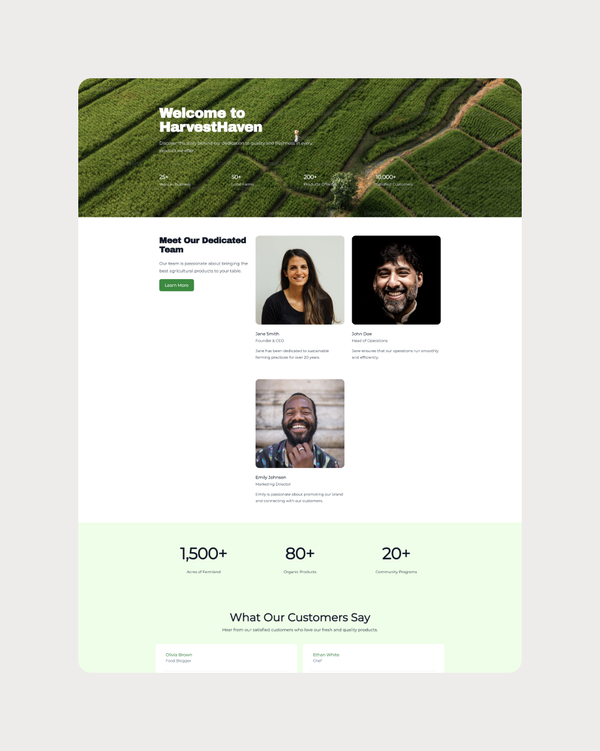Quick Web Design for Small Businesses Guide
Web Design for Small Businesses FAQ
Web Design for Small Businesses
In today’s digital age, having a professional and visually appealing website is crucial for any business or individual looking to establish an online presence. One of the key components in creating a website is using a template, which serves as the foundation for the layout and design of the site. Website templates are pre-designed web pages that can be easily customized to fit the specific needs and branding of a business. In this article, we will explore the importance of website templates and how they can benefit individuals and businesses alike.

Quick Web Design for Small Businesses Guide
Web Design for Small Businesses
1. Wix
Wix is a popular website builder that offers a wide range of templates designed for churches and religious organizations. With its drag-and-drop interface, users can easily customize their website to reflect their unique style and branding. Wix also offers a variety of features such as event calendar integration, online donation tools, and media galleries for sermons and other resources. Additionally, Wix provides reliable hosting services and SEO tools to help churches reach a wider audience online.
2. Squarespace
Squarespace is another user-friendly website builder that is well-suited for churches looking to create a modern and visually appealing website. With its stylish templates and customizable design options, Squarespace allows users to create a professional-looking site without any coding knowledge. Squarespace also offers features like event scheduling, donation forms, and social media integration, making it easy for churches to engage with their community online. Additionally, Squarespace provides responsive design capabilities, ensuring that your website looks great on any device.
3. Sharefaith
Sharefaith is a website builder specifically designed for churches, offering a comprehensive suite of tools and templates to help churches create a strong online presence. Sharefaith’s templates are tailored for churches and religious organizations, featuring customizable layouts and designs to suit any style. In addition to website building tools, Sharefaith also provides features such as sermon hosting, online giving options, and church management tools. Sharefaith also offers a library of resources including graphics, videos, and worship media to help churches enhance their online presence.
4. WordPress
WordPress is a versatile platform that can be used to create a wide range of websites, including church websites. With its extensive library of themes and plugins, users can easily customize their website to meet their specific needs and preferences. WordPress offers features such as event calendars, donation forms, and sermon hosting capabilities, making it a great choice for churches looking to engage with their congregation online. Additionally, WordPress is known for its robust SEO capabilities, helping churches improve their visibility in search engine results.
5. Weebly
Weebly is a user-friendly website builder that offers a range of features suitable for churches and religious organizations. With its drag-and-drop interface and customizable templates, users can easily create a professional-looking website without any coding knowledge. Weebly also provides features like event calendars, donation forms, and video hosting capabilities, making it easy for churches to share resources and connect with their community online. Weebly also offers reliable hosting services and responsive design options, ensuring that your website looks great on any device.
When creating a website layout template, there are several key factors to consider. These include the overall structure of the site, the placement of elements such as navigation menus and content sections, and the use of white space to create a clean and uncluttered design. In this article, we will discuss these factors in more detail and provide tips for designing an effective website layout template.
The first step in designing a website layout template is to consider the overall structure of the site. This includes determining the number of pages the site will have, as well as how those pages will be organized. For example, will the site have a homepage with links to other pages, or will it have a single-page design with all content on one long scrollable page? This decision will impact the layout of the site and how users navigate through it.
Once the overall structure of the site has been determined, the next step is to think about the placement of elements within the layout. Navigation menus, for example, are a key component of any website layout template. They should be easy to find and use, with clear labels that indicate the different sections of the site. Placing the navigation menu at the top of the page or along the side is a common practice, but it can also be placed in other locations, such as at the bottom of the page or as a dropdown menu. Experiment with different placements to see what works best for your site.
In addition to navigation menus, content sections are another important element to consider when designing a website layout template. These sections should be clearly defined and easy to read, with headings and subheadings to break up the text. Images and multimedia elements can also be used to enhance the visual appeal of the site and engage users. When placing content sections on the page, be sure to leave plenty of white space around them to create a clean and uncluttered design.
Speaking of white space, this is another key factor to consider when designing a website layout template. White space, also known as negative space, refers to the empty space between elements on the page. It helps to create a sense of balance and harmony in the design, allowing elements to stand out and making the layout easier to read and navigate. Be generous with white space in your website layout template, especially around important elements such as headings, images, and buttons.
When designing a website layout template, it is also important to consider the responsive nature of the design. With more and more users accessing websites on mobile devices, it is essential to create a layout that looks good and functions well on screens of all sizes. This means using a responsive design approach, where the layout adapts to different screen sizes and resolutions. Test your website layout template on various devices to ensure that it looks and works as intended.

How to Master Web Design for Small Businesses
Web Design for Small Businesses
In conclusion, AI website builders are a valuable tool for individuals and businesses looking to create a professional website quickly and easily. Platforms such as Wix, Squarespace, WordPress, and Weebly offer AI technology to assist users in designing and customizing their websites, making it accessible to those with or without technical skills. With customizable templates, drag-and-drop interfaces, and e-commerce capabilities, AI website builders provide a comprehensive solution for anyone looking to establish an online presence. As seen on Reddit, these platforms have received positive feedback for their user-friendly interfaces, customizable designs, and AI integration, making them a top choice for website building in today’s digital age.




